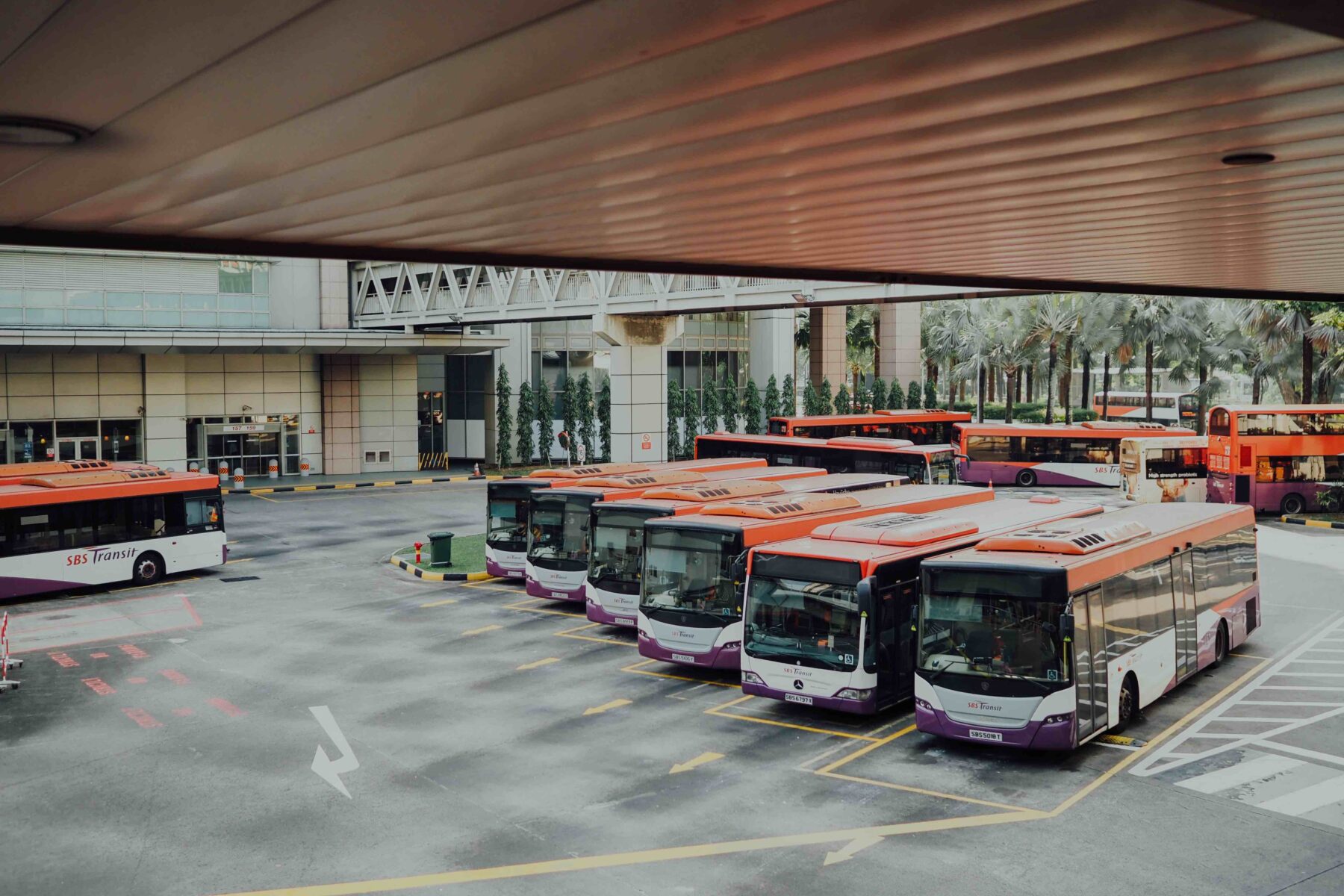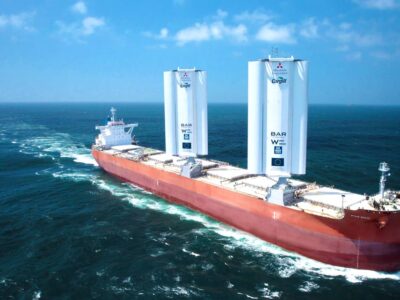(Bloomberg) — All over the world, buses are quickly and quietly going electric.
By 2032, about half of the world’s buses will be entirely battery-powered, as will almost three out of four buses sold, according to BloombergNEF’s seventh annual Electric Vehicle Outlook. It will take another 10 years for the global fleet of passenger vehicles to reach 50% EVs, and commercial trucking is decades away from that threshold. Even scooters are moving slowly on the road to electron-driven transport.
“In 2022, we saw more bus orders across different regions,” says BNEF analyst Maynie Yun Ling Yang, “Previously, it was more of a China story.”
Some of that momentum has to do with the nature of bus fleets: Electrifying just one of them can put thousands of fossil-fuel buses out of commission. Berlin, for instance, is in the process of swapping its 1,600 diesel buses for 1,700 electric versions by 2030. New York City aims to transition its 5,800-bus fleet to all electric vehicles by 2040. US school districts, meanwhile, had about 1,000 electric buses by the end of last year and another 4,000 on the way.
Read More: The Next EV Push Is an Overhaul of the Iconic American School Bus
The electric-bus takeover also speaks to a happy marriage between bus routes and battery-powered vehicles. As it turns out, EVs excel when they don’t have to zoom down an interstate at 70 miles per hour or haul several tons of Amazon boxes. Slowly but surely poking through a city on a set schedule — with a bunch of patient people as cargo — is a near-perfect use case. There’s little risk of speed curtailing range, and the batteries can charge up ever so slightly each time the bus wheezes to a stop.
Even better, most bus fleets retire to a centralized depot, which streamlines the logistics of charging. Their batteries can be topped up at home base, on a dedicated bank of power, rather than relying on disparate and often janky public charging networks.
Read More: Colombia’s Women-Led Electric Bus Fleet Is Reshaping Bogotá’s Public Transit
Yang says that, in many places, electric buses are already as cheap to operate as diesel-burning alternatives. Not only do fleets forestall fuel costs, but maintenance is minimal. Electric motors don’t require oil changes, air filters or spark plugs, for example.
The market is also largely driven by municipal governments, who are increasingly considering health and environmental impacts in their purchasing decisions. The climate footprint of a diesel school bus is about 3.3 pounds of carbon dioxide equivalent (CO2e) per mile, more than double the per-mile footprint for a bus powered on the average US electric grid, according to Argonne National Laboratory. Diesel engines also emit a greater share of nitrous-oxide, a particularly insidious greenhouse gas linked to cancer and asthma.
Electric buses “fit into general government policies to make cities cleaner,” Yang says. “And if a government decides to procure electric buses, they can just do it.”
Read More: Four Takeaways on the Future of the Global EV Market
To contact the author of this story:
Kyle Stock in Skillman at kstock6@bloomberg.net
© 2023 Bloomberg L.P.





